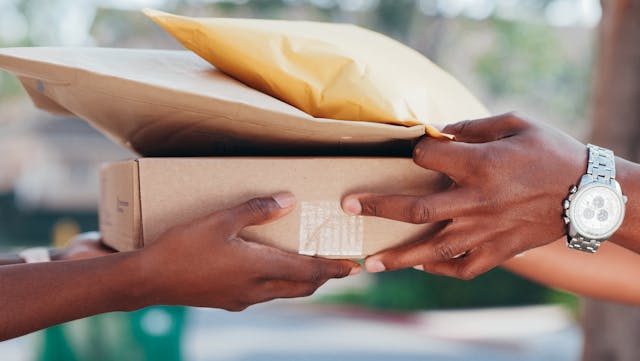In the competitive world of retail, where products vie for attention on crowded shelves and digital platforms, packaging storytelling has emerged as a potent tool to captivate consumers and drive sales.
Packaging is more than just a protective covering; it is an opportunity to tell a compelling narrative that resonates with the target audience.
In this article, we take a look into strategies on how to use packaging storytelling effectively to boost your sales.
1. Understand Your Brand Story
The Foundation:
Before translating your brand story into packaging, it’s crucial to have a deep understanding of your brand’s narrative. What are your brand values, mission, and unique selling propositions? Is your snack brand all about organic, non-GMO? Then your custom snack pouches, whether it be small flat pouch SKUs or larger bag packaging, should reflect this.
Knowing your story sets the stage for creating packaging that authentically reflects your brand.
Implementation:
- Brand Workshop: Conduct a brand workshop to identify and articulate the key elements of your brand story.
- Define Brand Personality: Clearly define your brand’s personality, as it will influence the tone and style of your packaging storytelling.
2. Align Packaging with Brand Values
The Foundation:
Packaging storytelling should seamlessly align with your brand’s core values. Consumers are drawn to brands that share values they resonate with, creating a sense of connection.
Implementation:
- Identify Key Values: Determine the key values your brand wishes to convey, such as sustainability, innovation, or authenticity.
- Integrate Values in Story: Weave these values into the packaging story to create a cohesive and impactful narrative.
3. Create an Emotional Connection
The Foundation:
Emotions play a significant role in consumer decision-making. Packaging storytelling that elicits emotions establishes a deeper connection and fosters brand loyalty.
Implementation:
- Identify Emotion Triggers: Identify emotions you want to evoke – whether it’s joy, nostalgia, or excitement.
- Visual and Textual Elements: Use both visual elements and written content to evoke the desired emotions in consumers.
4. Tell a Journey or Origin Story
The Foundation:
Consumers are intrigued by the journey of a product or the origin story behind a brand. Packaging storytelling that unfolds this narrative adds layers to the consumer experience.
Implementation:
- Highlight Origins: Showcase the origins of your brand or product. This could include the story of the founder, the inspiration behind the product, or the journey from concept to creation.
- Use Visual Timelines: Incorporate visual timelines or illustrations that depict the evolution of your brand.
5. Focus on Authenticity and Transparency
The Foundation:
Authenticity builds trust, and consumers are increasingly drawn to transparent brands. Packaging storytelling should reflect honesty and transparency.
Implementation:
- Share Behind-the-Scenes: Offer a glimpse behind the scenes of your brand – from production processes to the people behind it.
- Clearly Communicate Values: Clearly communicate your brand’s values and commitments on the packaging to demonstrate transparency.
6. Engage Through Interactivity
The Foundation:
Packaging storytelling can extend beyond static visuals and text. Interactive elements create a memorable and engaging experience for consumers.
Implementation:
- QR Codes and AR: Incorporate QR codes or augmented reality (AR) features that lead consumers to additional online content, such as videos, interactive experiences, or games.
- Unboxing Experience: Design packaging that enhances the unboxing experience, creating excitement and engagement.
7. Know Your Target Audience
The Foundation:
Effective packaging storytelling is tailored to resonate with your specific target audience. Understanding their preferences, values, and interests is essential.
Implementation:
- Conduct Audience Research: Conduct thorough research to understand your target audience’s demographics, psychographics, and buying behavior.
- Adapt Story to Audience: Tailor your packaging story to appeal directly to the emotions and preferences of your target consumers.
Your Packaging as a Narrator of Brand Tales
Packaging storytelling goes beyond aesthetics; it transforms your product into a storyteller, creating a memorable and meaningful connection with consumers. When coupled with print expertise from someone who can execute your vision the right way, you can enjoy the best outcomes.
By understanding your brand story, aligning packaging with values, creating emotional connections, sharing journeys, emphasizing authenticity, incorporating interactivity, and knowing your target audience, you can harness the power of packaging to boost sales and build enduring relationships with your customers.
In a world where consumers seek not just products but experiences, packaging storytelling becomes a valuable asset in your marketing toolkit, differentiating your brand and leaving a lasting imprint on the minds of consumers.











